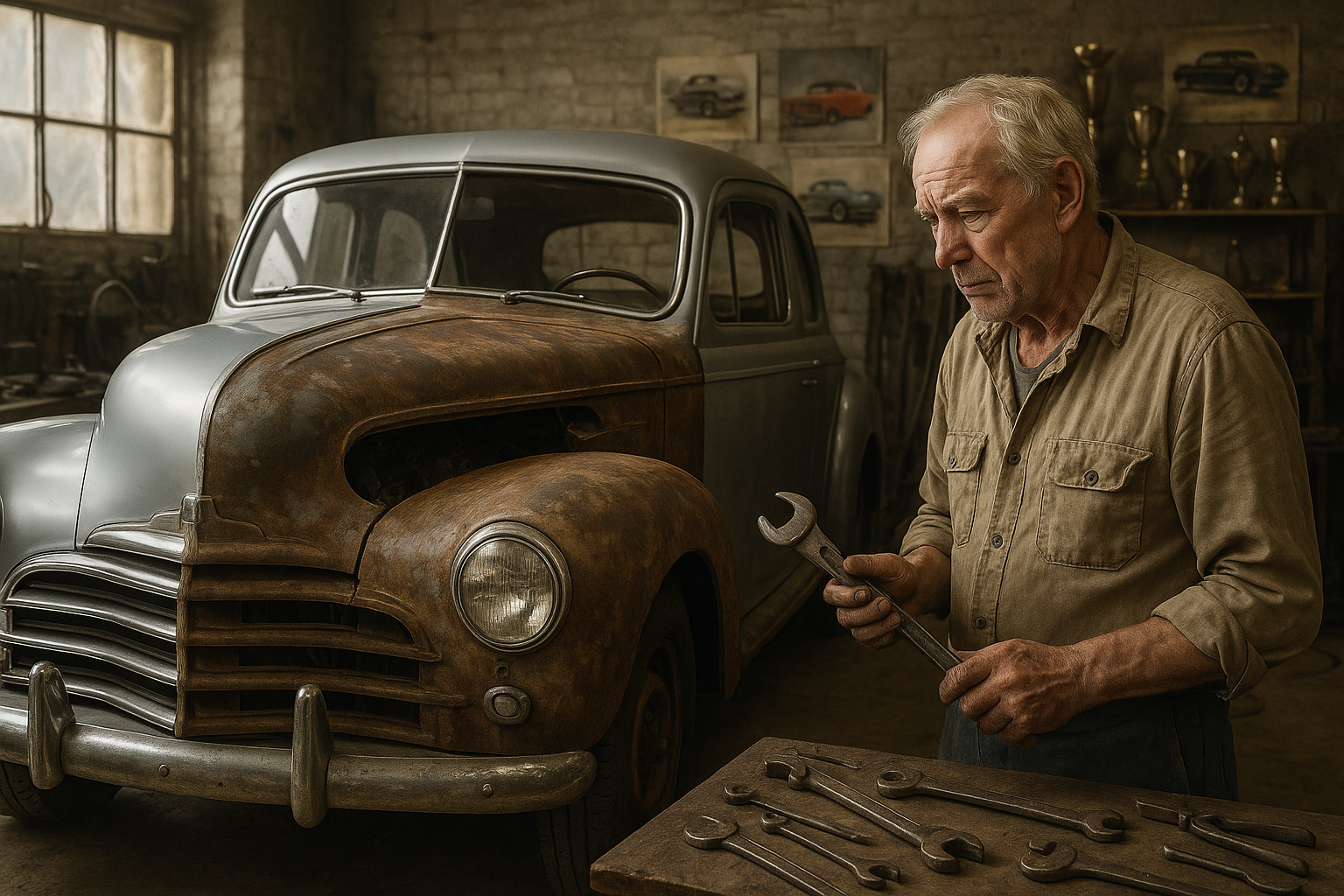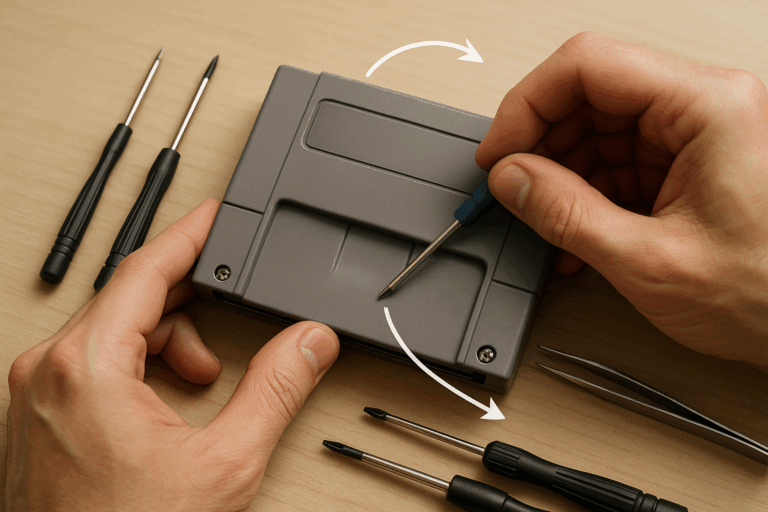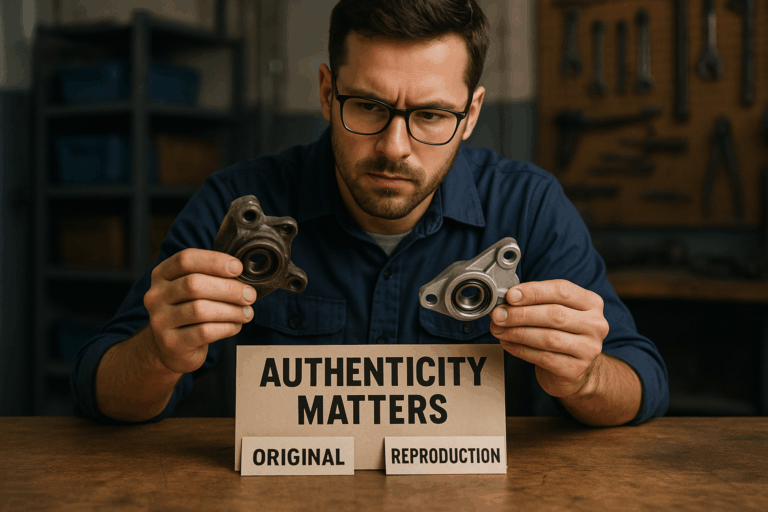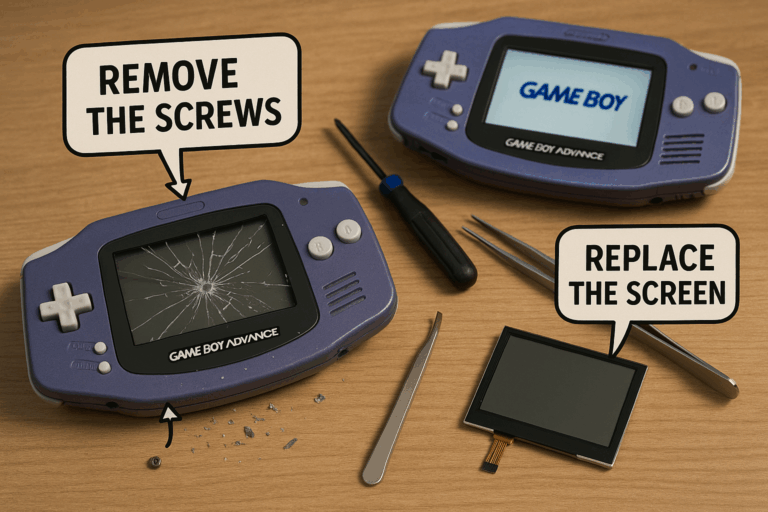In the realm of vintage car restoration, there is a distinctive allure that cannot be captured by mere words. The desire to rejuvenate a rust-laden antique back to its original, pristine state, to breathe life back into a relic from a bygone era, is an irresistible pull for many enthusiasts. Yet, this pursuit is not merely an aesthetic endeavor. It requires an understanding that extends beyond the cosmetic, delving into the intricate mechanical workings and engineering principles that define these automotive masterpieces. Welcome, dear reader, to our comprehensive exploration on restoring vintage cars, with a specific emphasis on discerning the fine line between enhancing value and over-restoration – a guide crafted to ensure your passionate investment does not inadvertently transform into a detrimental venture.
As the saying goes, “beauty is in the eye of the beholder.” However, in the context of classic cars, there is a certain threshold, a boundary that, once crossed, shifts from adding value to a vehicle to over-restoration, detrimentally impacting its authenticity, historical integrity, and subsequently, its market worth. This delicate balance is where we will guide you, helping you to recognize when it is time to lay down the buffing wheel and step away from the paintbrush. Each layer of chrome, every meticulously matched paint stroke, and even the smallest adjustment to the original upholstery can potentially tip the scale. It is, indeed, an art form – one that requires a careful, informed approach and a keen eye for detail.
Our journey through the labyrinth of classic car restoration will begin with a deep dive into understanding the concept of value in vintage cars. Value, in this context, is a multifaceted beast, encompassing everything from the car’s historical relevance and provenance to its mechanical condition and authenticity. From there, we will move on to the intricacies of restoration, detailing the process step-by-step and highlighting the potential pitfalls that can lead to over-restoration. We will delve into the significant points to consider in the restoration process, such as engine rebuilding, bodywork, paint, interior refurbishment, and crucially, the decision-making process that determines which parts should be restored, replaced, or left in their current state.
Brace yourselves for an expedition through a realm where engineering prowess meets artistic skill, where every decision made can have lasting implications on your prized investment. By the end of this piece, you will be well-equipped to navigate the complex world of classic car restoration, understanding the difference between a well-done restoration that enhances value and an over-restoration that could detract from your vehicle’s worth. So, buckle up, vintage car aficionados! Let’s embark on this enlightening journey, discovering together the delicate art of preserving automotive history without compromising value.
The Science of Restoration: Understanding Vintage Cars
Restoring vintage cars is more than just a pastime. It’s an art and a science, requiring not only technical skills but also a keen sense of aesthetics and understanding of historical context. Before you embark on a project, it’s important to consider a key principle: there is a fine line between enhancing value and over-restoration, which could harm your investment.
The first step in understanding the fine line is to grasp the value of originality in vintage cars. Vintage cars are unique in that they carry a piece of history with them. They are original artifacts that have survived the test of time, and their value is intrinsically linked to their authenticity. A 1967 Ford Mustang, for instance, doesn’t just represent a classic American car design; it’s also a symbol of a specific era in automotive history.
On the other hand, over-restoration can lead to a loss of this historical authenticity. Over-restoring a car can involve replacing original parts with new ones, adding features that were not originally there, or even changing the car’s original design or color. This can lead to a decrease in the car’s value as a historical artifact, despite the fact that the car may look ‘better’ or be more functional after the restoration.
Video Reference: “The Art of Restoring Classic Cars” by Petrolicious (YouTube)
For a deeper insight into the delicate balance of restoration, I recommend watching the video “The Art of Restoring Classic Cars” by Petrolicious on YouTube. The video features experienced restorers discussing their philosophy on restoration and the importance of preserving originality.
Preserving Value: The Do’s and Don’ts of Vintage Car Restoration
Given the importance of preserving the originality of vintage cars, it’s essential to understand what restoration practices can enhance a car’s value and which ones can lead to over-restoration. Below is a list of do’s and don’ts that can help guide your restoration process.
- Do prioritize preservation over replacement. Try to preserve and repair the original parts of the car as much as possible. Replacement should be the last resort.
- Don’t change the original design or color of the car. These are key features that contribute to the car’s historical value.
- Do document the restoration process. This can add value to the car as it provides evidence of the care and effort put into the restoration.
- Don’t add features that were not originally there. This can detract from the car’s authenticity.
Remember, the goal of restoration is not to create a car that looks brand new, but to preserve and enhance the car’s original features and historical value.
Table: Vintage Car Restoration – The Impact on Value
For a clearer understanding of how different restoration practices can impact a vintage car’s value, refer to the table below.
| Restoration Practice | Impact on Value |
|---|---|
| Preserving original parts | Enhances value |
| Replacing original parts | Can decrease value |
| Changing original design or color | Decreases value |
| Adding non-original features | Decreases value |
| Documenting restoration process | Enhances value |
When to Stop: Avoiding Over-Restoration
Knowing when to stop is arguably the most challenging part of the restoration process. The temptation to make a vintage car look as good as new can be strong, but remember that over-restoration can harm your investment.
The key is to focus on preservation and enhancement of the car’s original features. Be careful not to cross the line into replacement or addition of non-original features. And most importantly, always keep in mind the historical value of the car. An over-restored vintage car may look impressive, but it loses its link to the past, and with it, a significant part of its value.
To avoid over-restoration, always plan your restoration process carefully. Have a clear goal in mind and stick to it. Don’t get carried away with changes that aren’t necessary. And always respect the car’s original design and history.
Video Reference: “Restoration Done Right – How to Avoid Over-Restoring a Classic Car” by Jay Leno’s Garage (YouTube)
For practical tips on avoiding over-restoration, check out the video “Restoration Done Right – How to Avoid Over-Restoring a Classic Car” by Jay Leno’s Garage on YouTube. It provides valuable advice from one of the most respected figures in the classic car community.
Conclusion
In conclusion, restoring vintage cars is a delicate balance between preserving historical authenticity and enhancing aesthetic and functional features. Over-restoration can lead to a loss of historical value and harm your investment. Always remember to prioritize preservation over replacement, respect the car’s original design and history, and know when to stop. With careful planning and a deep understanding of the value of originality, you can successfully restore a vintage car without hurting its value.

Feel free to share your thoughts or questions in the comments section. If you found this article helpful, don’t hesitate to share it with fellow vintage car enthusiasts. And most importantly, apply the principles you’ve learned today in your next restoration project. Happy restoring!



